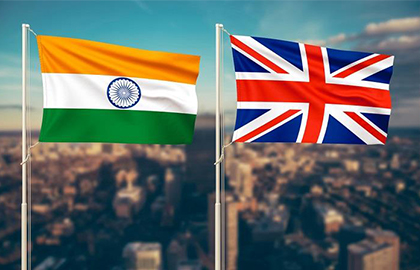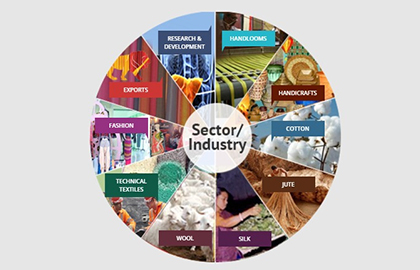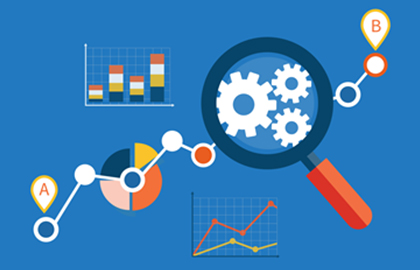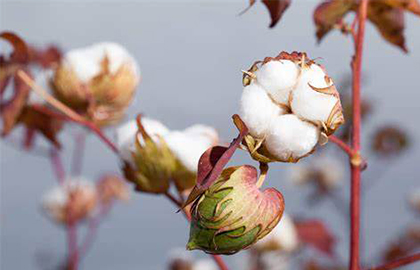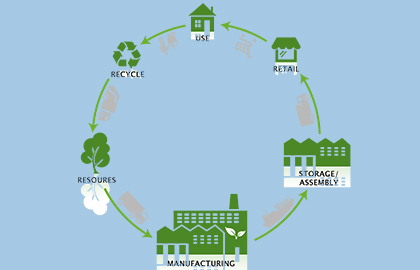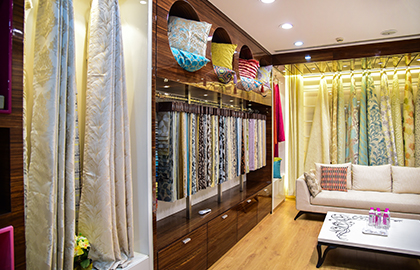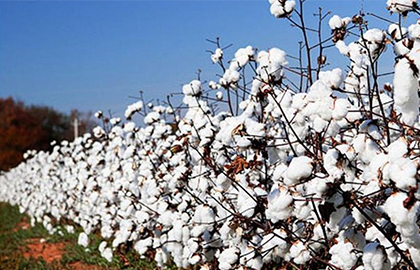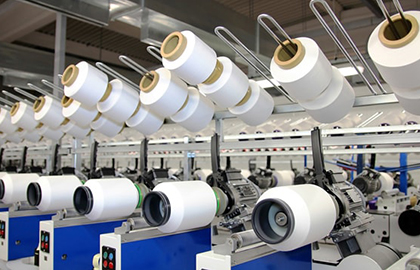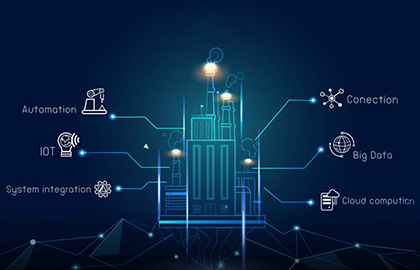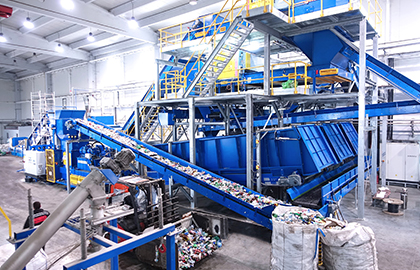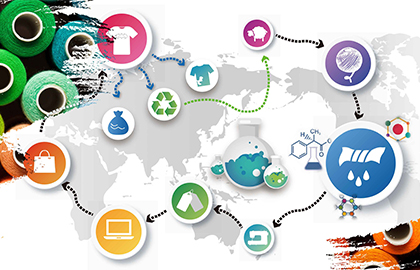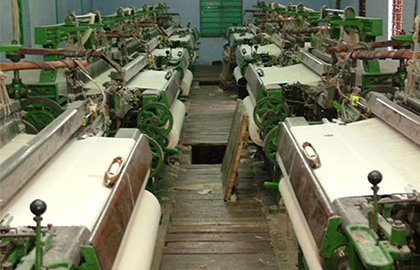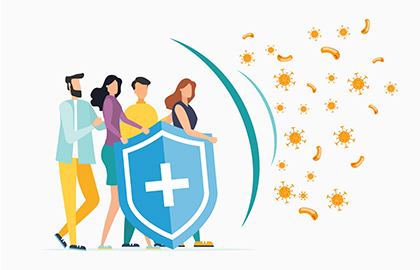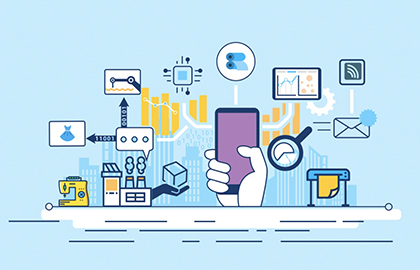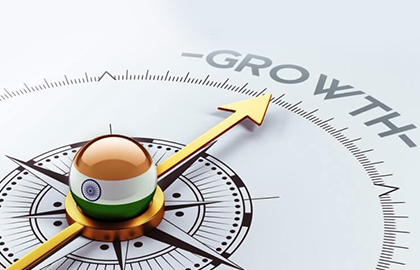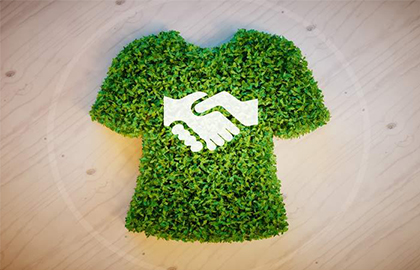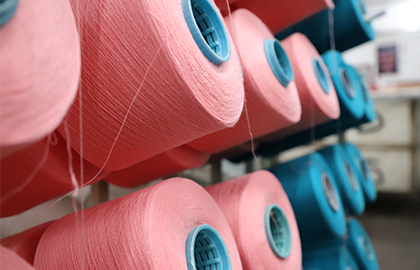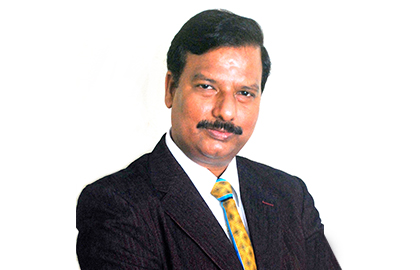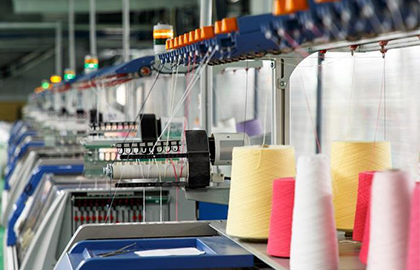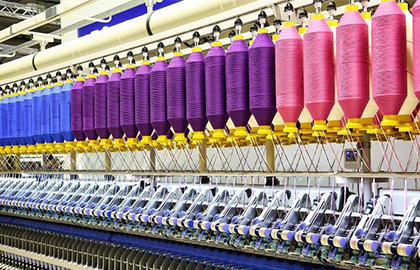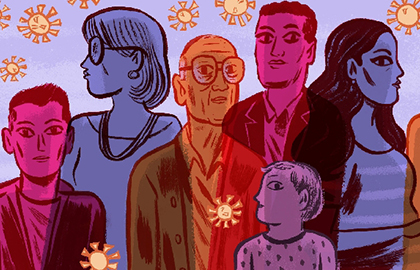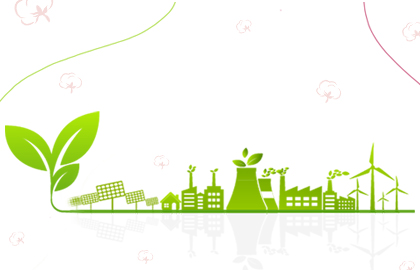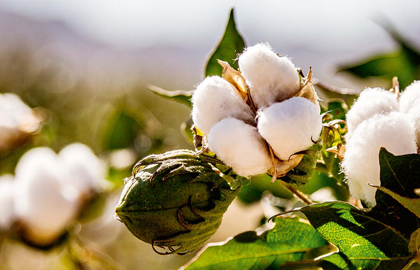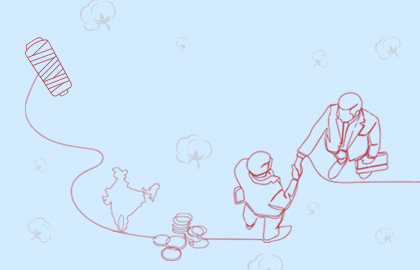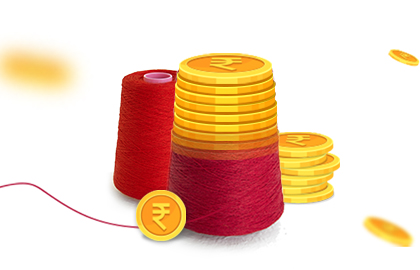
Is it going to be Ops normal, immediately after world is out of COVID-19?
The textile industry needs to keep track of sustainability
Whenever a community or country go through any disaster or traumatic incident at large, it put majority of people under tremendous traumatic stress that leads to change in their behaviour. CHRO’s have to be careful in addressing these issues among employees when restarting the businesses.
After Wuhan opened up passing through 76 days ordeal, globally all the countries & industry too are having a feel of some positivity; "If Wuhan can resume after 76 days, we too can!" and I think that's a great feeling and motivating news.
As no specific news is coming out of Wuhan about the actual state of affairs at Human front, there is a Question hanging for all "Is it going to be Ops Normal, immediately after world is out of COVID-19 ? "
For me, it was a great learning to witness & handling post trauma behaviour of people during my 15 yrs defence career when I participated in IPKF & also lead Operations in UN Mission followed by handling employees of steel manufacturing unit (Mittal's GSHL Group) LISCO at Misrata, Libya which was forced under G.Bush -Col Gaddafi War, and we rescued over 200 Indian families who saw war from close quarters and went through severe trauma through their journey by ships & aircraft till we received them at Delhi Airport in 2011. This followed by in 2012 when I went back to Libya for talks off restoration of operations and witnessed astonishing changed behaviour of otherwise very matured, cooperative Libyan executives of all levels.
As COVID-19 has taken death toll of over 1,00,000 by now over 4 months and expected to reach to 1/2 million deaths by the time the world is fully rescued from it, till now except Wuhan none of the city has been declared CORONA free.
Based on my observations & learning, COVID-19 has caused severe stress among people due to health hazard, life & job threat for uncertain period. Mild symptoms of stress have already started showing up in people’s general behaviour in terms of becoming too impulsive, resistance & aggressive, violative and volatile.
Therefore, in my opinion, upcoming challenge for HR leaders, top management and employers would be: PTSS and PTSD.
Whenever a community, country or even a city/individual go through mass disaster/traumatic event e.g. War, Epidemic, Genocide, Terror attack, Severe Flood and at individual level Rape/Murder/Fatal accident of one or more family members etc, covering everything under dark clouds of uncertainty about return of normalcy, this put majority of people under tremendous traumatic stress due to fear of return of incident or fear of uncertainty, which is beyond their means of management. Such situation start showing its effects on the psychology of people at a very early stage of disaster/traumatic event even when it has not even reached the peak. The signs that are seen at trace level & intermittently, among the people personal behaviour are Irritable, Impulsive, Reluctance, Resistant, Aggressive, Angry, Violative, over Anxiousness and as employee, signs that are seen at low count are lack of concentration, low morale, lack of concentration, lack of interest, losing focus etc.
Once the disaster/traumatic event & its residual effects completely vanish from the location 25-40 % people show up pronounced symptoms of traumatic stress called Post Trauma Stress Syndrome (PTSS) these are associated with clinically significant distress and impairment caused by escalated level of uncertainty e.g. fear of recurrence, longevity of job, recovery of financial losses, future health hazards and many other anxieties etc. Typical PTSS are:
a. Intrusive re-experiencing of the traumatic event,
b. Persistent avoidance of stimuli associated with the event,
c. Negative alterations in cognitions and mood,
d. Marked alterations in arousal and reactivity.
When the frequency, intensity and duration of PTSS grow sufficiently high & sustained, they become key elements of the diagnostic criteria for Post Traumatic Stress Disorder (PTSD)
PTSD is usually diagnosed after a person experiences symptoms for at least one month following a traumatic event/disaster. However symptoms sometimes may not appear until several months or even years later. PSTD is characterized by three main types of symptoms:
• Re-experiencing the trauma through intrusive distressing recollections of the event, flashbacks, and nightmares.
• Emotional numbness and avoidance of places, people, and activities that are reminders of the trauma.
• Increased arousal such as difficulty sleeping and concentrating, feeling jumpy, and being easily irritated and angered.
After the recovery of Pandemic, Govt will have to give a very soothing economic & financial stimuli promoting quick economic growth, stress on Yoga in daily life and availability of Psychiatrists at a phone call.
Similarly the CHROs, top management and employers too will have to make their business plans having gradual escalating targets and also conduct regular sessions on Yoga, Stress Management, Work -Life Balance and Employee Engagement Schemes etc.
As Individuals, I can say with full conviction that stress is a very complicated & strange phenomenon which many times don’t show up visual signs but continue acting upon individual's mind, leading to health severity and in some cases irrecoverable mental/physical hazard.
Therefore, whether we are able to observe any signs of stress upon self, friends, family members etc, get started with de-stressing activity, physical activity, also Yoga & Meditation. Those who don’t count themselves as Atheists may start some regime for daily prayers too.
The textile industry needs to keep track of sustainability at every step of its production. As a whole, it can be outlined to include the following measures:
• Utilization of natural resources water and energy in production processes.
• Availability of raw materials which are sustainable in the long-run
• Handling of chemicals in processes like dyeing and coating
• Disposal and treatment of waste material
• Adherence to guidelines to eliminate health-risks of workers, as well as consumers
• Animal cruelty norms in the procurement of wool, silk, fur, etc.
In 2015, United Nations members adopted the 2030 agenda for Sustainable Development, which consisted of 17 Sustainable Development Goals (SDG) for various industries. The textile industry adapted 5 out of these 17, which we're related to – Climate Action, Gender Equality, Responsible production & consumption, Clean Water & Sanitation, and decent work & economic growth. Various internationally acclaimed standardizations and autonomous accreditations were set, which became a yardstick for measuring the sustainability of any company. Textile companies worldwide are actively contributing to pollution-reduction practices and setting up emission targets for controlling climate change.
For Sutlej Textiles, sustainability is an important tenet of its corporate mission and as an organisation we have taken specific measures. Some of them are
• Set up a 120 tonnes-per-day Recycled Polyester fibre plant, than converts PET bottles into spun polyester fibre that are used mostly for captive consumption
• Adopting Renewable Energy sources (Solar PV) to power our factories,
• Zero-Liquid Discharge (ZLD) effluent treatment system with 90 percent water recovery,
• Ensuring abundant plantation of trees in the factory premises and our housing colonies to improve the Green Cover,
• Continuous replacement of older-generation machines with more Energy-Efficient designs,
• Installation of Energy-Efficient lighting systems across the factory layout
The product development and manufacturing practices supporting Sustainability have earned Sutlej Textiles accreditations, which include Global Organic Textile Standards (GOTS), Global Recycled Standards (GRS), SA-8000 Certification (Ethically Correct Certified), Organic Content Standard (OCS-IN), OEKO-TEX (Standard 100).
If textile industry wants to make conscious progress without further endangering nature, companies should take implement manufacturing practices which reduces carbon footprint, invest in research & development to use sustainable raw materials and produce environment-friendly finished products. Many international clothing brands are today leading the Sustainability Mission as they are best placed to drive consumer opinion and also back-link it to production & sourcing practices.
Characteristics of Sustainable Fashion match the philosophies of "slow fashion" in that emotional, ecological and ethical qualities are favored over uniform and bland convenience. Slow fashion challenges growth fashion's obsession with mass-production and globalized style and becomes a guardian of diversity. It changes the power relations between fashion creators and consumers and forges new relationships and trust that are only possible at smaller scales. It fosters a heightened state of awareness of the design process and its impacts on resource flows, workers, communities, and ecosystems. Slow fashion often consists of durable products, traditional production techniques or design concepts that strive to be season-less or last aesthetically and materially for longer periods of time.
The brands who championed the cause on global scale were Patagonia and ESPRIT; the other recognised brands in this category are Monsoon, EILEEN FISHER, Sézane, Fair Trade Winds, Alternative Apparel, Pact, Reformation, Everlane, Boden, United by Blue, Outerknown, Outdoor Voices, Girlfriend Collective, Prana, DL1961's denim, Mud Jeans and notable Indian brands Fab India, Ka-Sha, Upasana, Doodlage, No Nasties.

